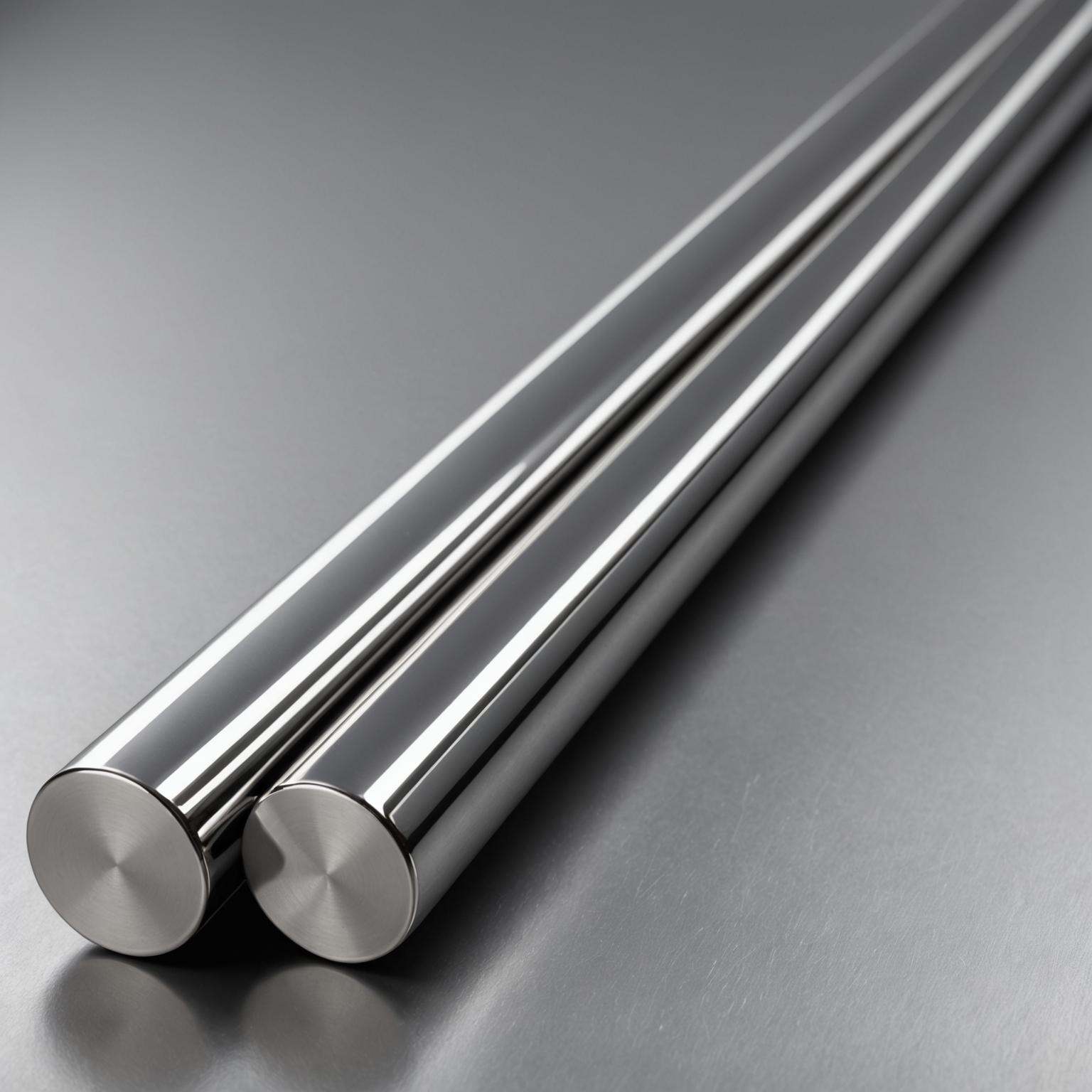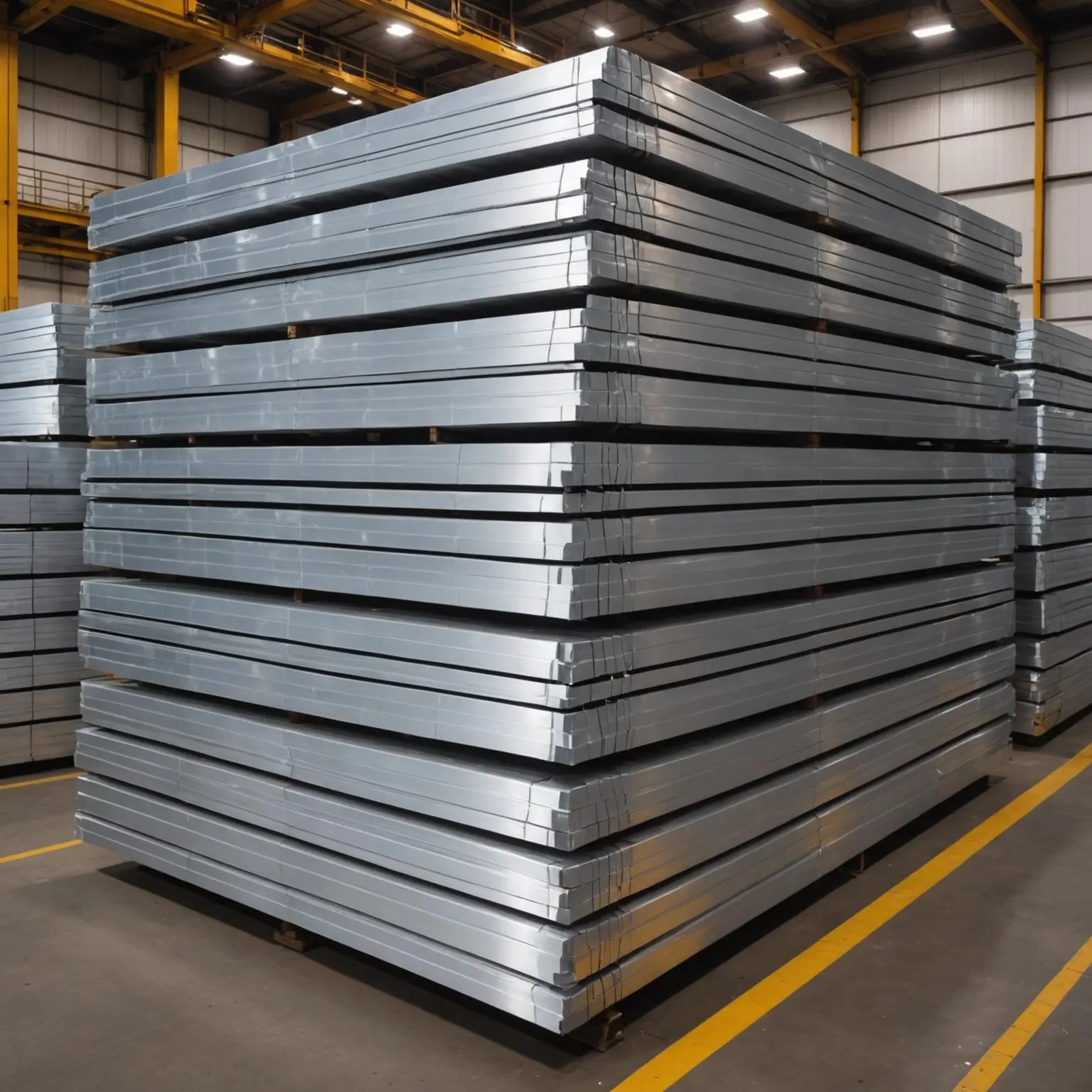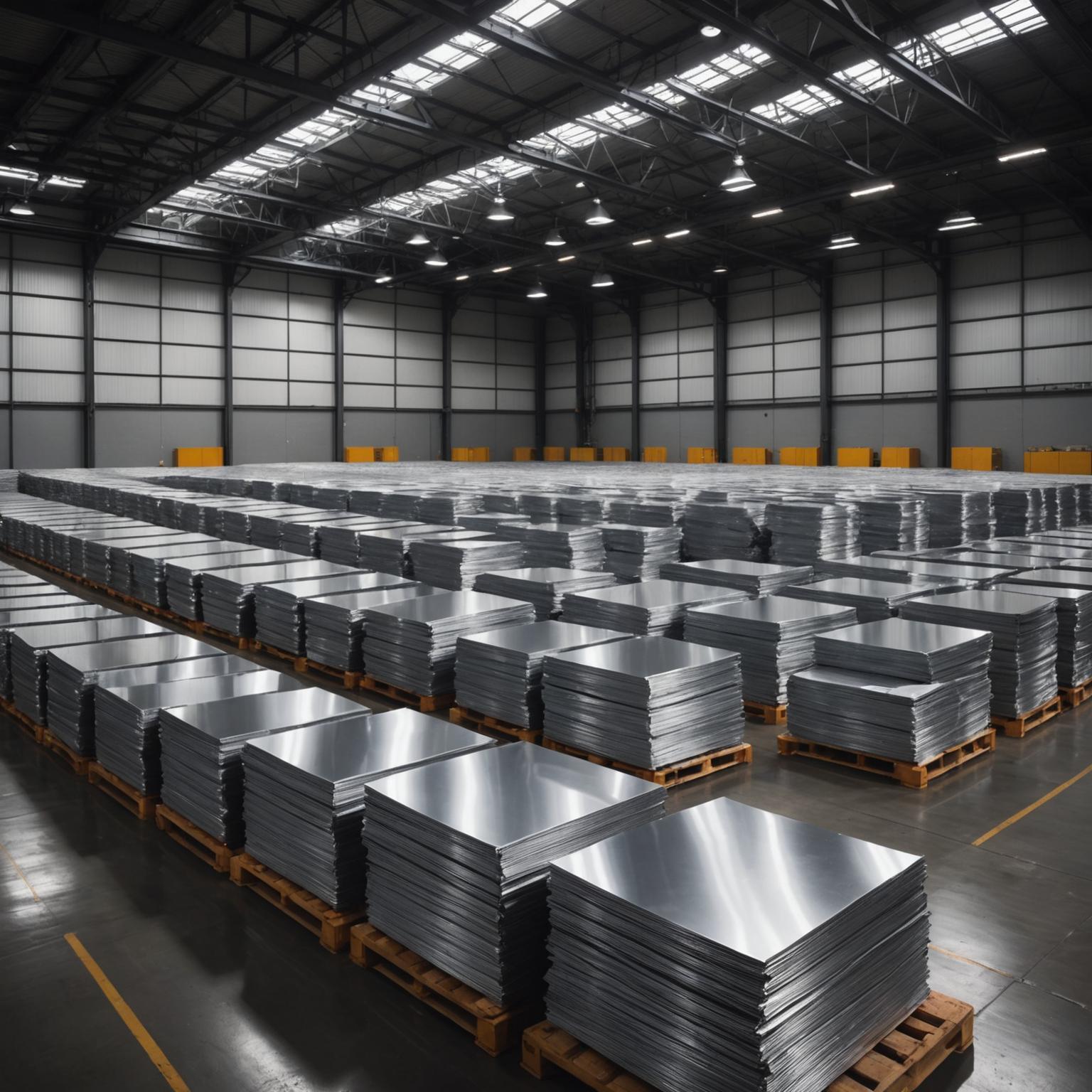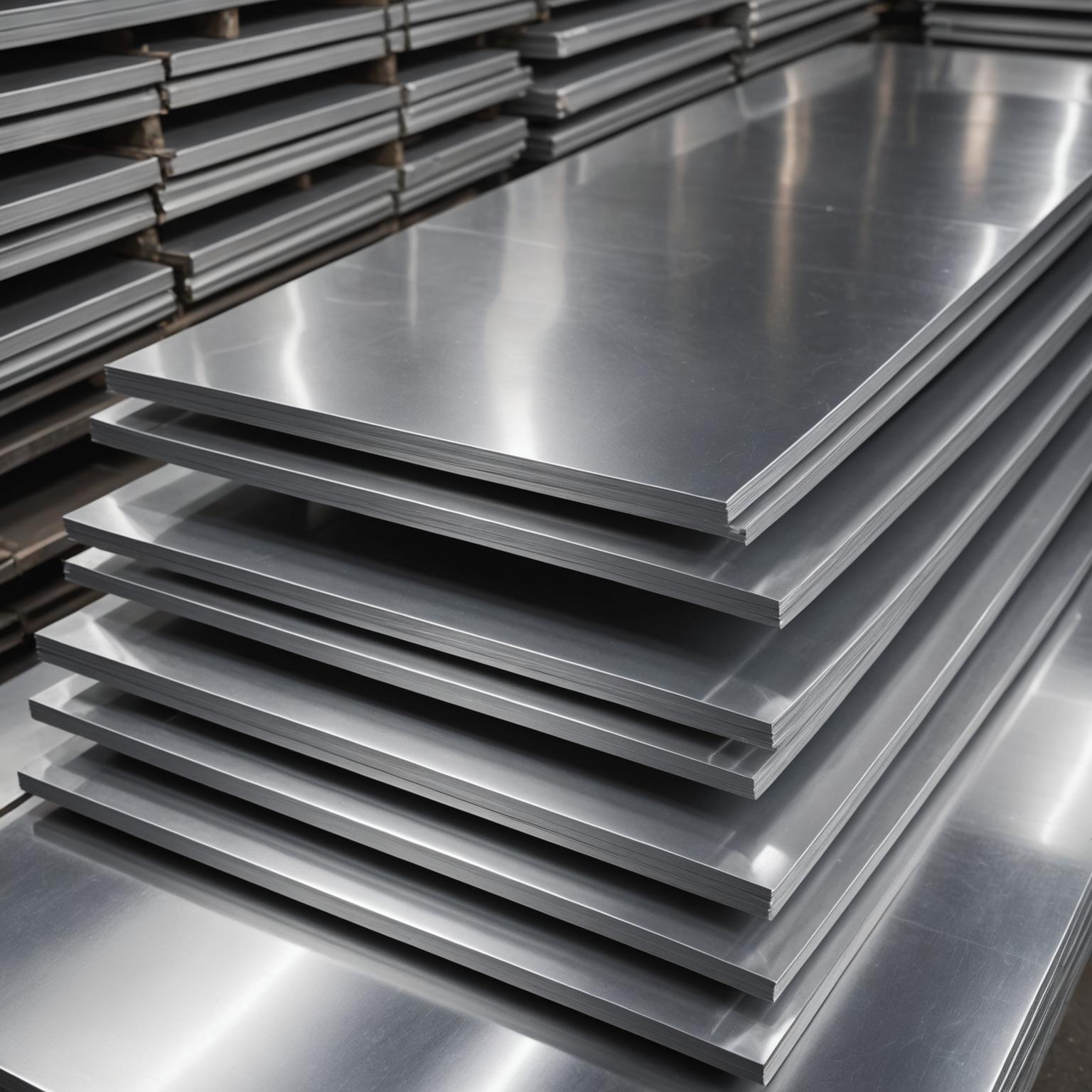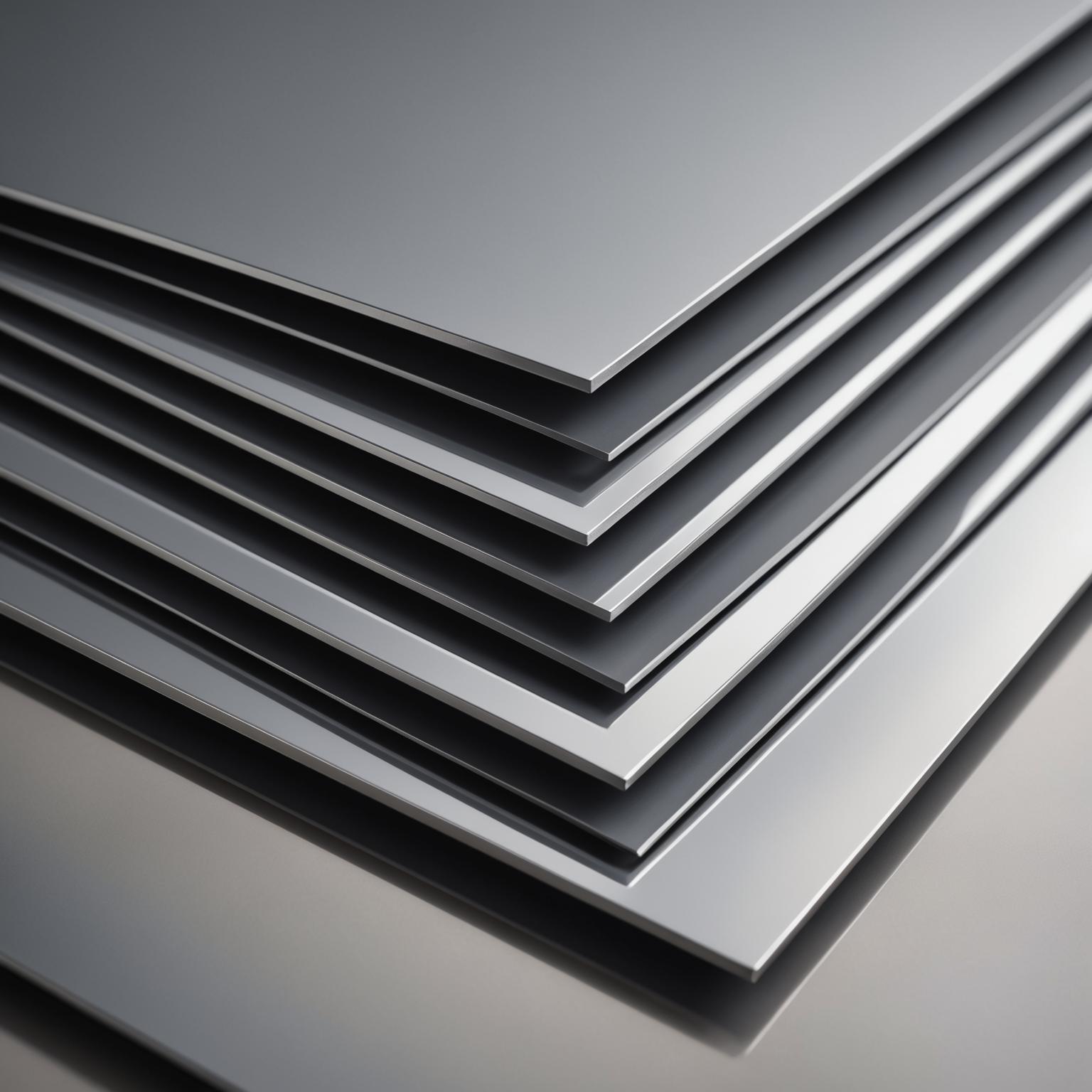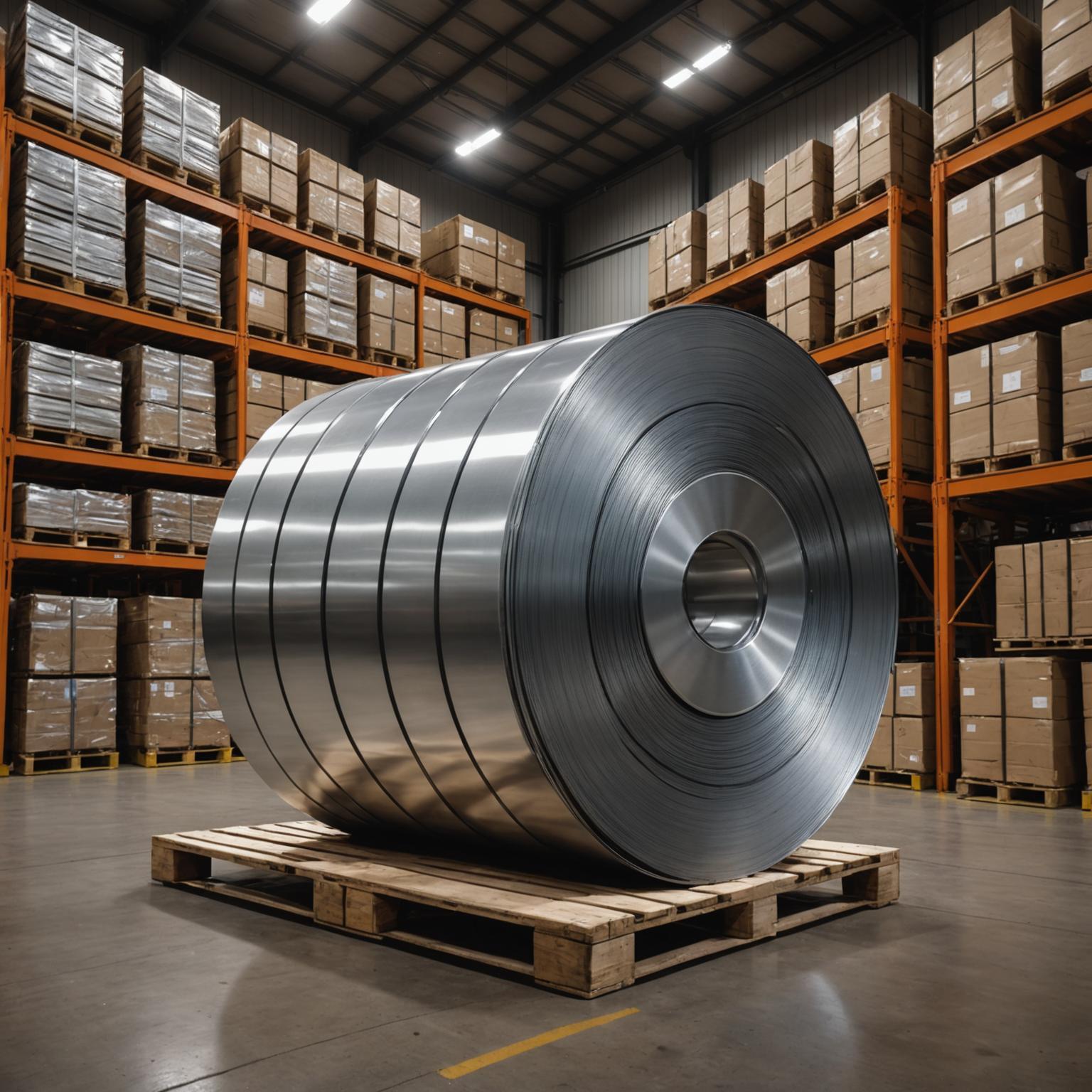I'm considering using 430 stainless steel sheet for an upcoming project. What are the fundamental aspects I should understand about this material?
Understanding the basics of 430 stainless steel sheet is crucial for any successful project. This material is a ferritic stainless steel, primarily composed of chromium and iron, with very low carbon content and typically no significant nickel addition. This composition makes it magnetic and offers good corrosion resistance in mild atmospheric conditions and to many organic and nitric acids. It's known for its aesthetic appeal, good formability, and cost-effectiveness compared to some other stainless steel grades. Before committing, consider its suitability for your specific environment and fabrication needs.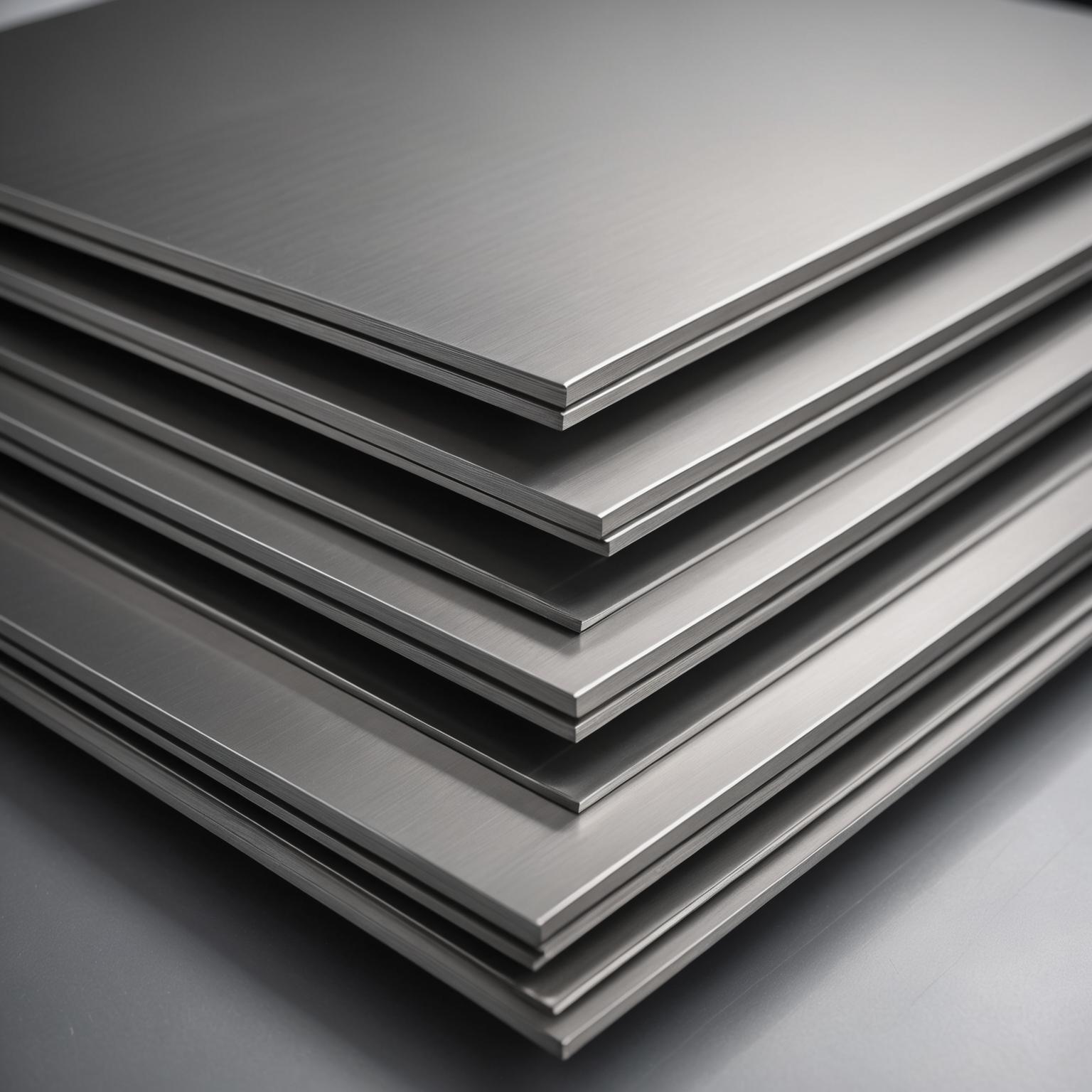
What is a Stainless Steel Sheet?
A stainless steel sheet is a flat piece of stainless steel, typically with a thickness of less than 6mm (or about 1/4 inch). Stainless steels are a family of iron-based alloys that contain a minimum of approximately 10.5% chromium. This chromium content is key, as it forms a passive, self-repairing oxide layer on the surface of the steel, providing its characteristic "stainless" quality or corrosion resistance. Sheets are produced by rolling the steel to the desired thickness and can come in various finishes, sizes, and grades, each tailored for different applications, from industrial equipment to decorative architectural elements. They combine strength, durability, and aesthetic appeal, making them a versatile choice in many industries.
Understanding Type 430 Stainless Steel
Type 430 stainless steel is one of the most widely used ferritic stainless steels. Its designation, "430", comes from the AISI/SAE grading system. The key characteristics of 430 stainless steel stem from its chemical composition: it's a straight chromium (typically 16-18%) alloy, meaning it does not contain nickel or molybdenum in significant amounts, which distinguishes it from austenitic grades like 304 or 316. This lack of nickel contributes to its lower cost and makes it magnetic. It offers good corrosion resistance to a wide range of non-severe corrosive environments, has good ductility, and can be readily formed. It also polishes well, making it suitable for applications where a bright, attractive finish is desired.
What are the Key Benefits of Using 430 Grade?
Choosing 430 grade stainless steel offers several distinct advantages. Firstly, it provides decent corrosion resistance for many general-purpose applications, particularly against fresh water, mild detergents, and many food products; it is often described as offering unparalleled durability in these contexts. Secondly, it exhibits excellent formability and ductility, meaning it can be easily bent, drawn, and shaped without cracking, making it suitable for intricate designs. Thirdly, 430 stainless steel is significantly more cost-effective than austenitic grades like 304, primarily due to the absence of expensive nickel in its composition. It also boasts an attractive bright finish when polished, contributing to its modern elegance. Lastly, its magnetic property can be beneficial in specific applications where magnetism is required, such as for certain types of closures or holding devices.
Common Applications for 430 Material
The versatility and cost-effectiveness of 430 stainless steel lend it to a wide array of applications. In the consumer goods sector, it's frequently used for kitchen equipment like refrigerator panels, dishwasher linings, range hoods, sinks, and various utensils. Its bright, clean appearance and resistance to food acids make it ideal. In the automotive industry, 430 is employed for decorative trim and molding due to its polishability and moderate corrosion resistance. It's also found in industrial hardware, such as supports, fasteners, and flue liners for gas appliances. Other uses include heat exchanger components where high temperatures are involved but severe corrosion is not a primary concern, and architectural applications where a refined brushed finish or polished look is desired without the higher cost of nickel-bearing grades.
How Does 430 Stainless Steel Compare to 304 Stainless Steel?
When comparing 430 to 304 stainless steel, several key differences emerge. The most significant is corrosion resistance: 304, an austenitic grade with around 8-10.5% nickel and 18-20% chromium, offers superior resistance to a wider range of corrosive environments, especially to chlorides and industrial solvents, compared to the ferritic 430. Consequently, 304 is often preferred for outdoor or more aggressive chemical exposures. In terms of cost, 430 is generally less expensive due to its lack of nickel. Weldability is another distinction; 304 is easier to weld and provides tougher, more ductile welds, while 430 can be more prone to embrittlement in the heat-affected zone unless proper procedures are followed. Finally, work hardening and magnetism differ: 304 work hardens more rapidly, and is generally non-magnetic in its annealed state, whereas 430 is magnetic.
Sourcing Quality Stainless Steel Sheets: What to Consider?
When sourcing any stainless steel sheet, including specific grades, several factors are crucial for ensuring you get the right material for your needs. Pay close attention to the required thickness and dimensional tolerances, as these impact structural integrity and fit. The surface finish is also important, ranging from a dull mill finish (2B) to a highly reflective bright annealed (BA) or a patterned brushed finish; the choice depends on aesthetic and functional requirements. Verify the exact grade and its compliance with relevant standards (e.g., ASTM). When selecting a supplier for your stainless steel sheet needs, factors like consistent quality, lead times, range of options, and customer service are paramount. Companies such as Span International often focus on delivering these aspects to ensure client satisfaction and project success.
Are There Special Fabrication Techniques for 430 Stainless Steel?
Fabricating 430 stainless steel involves considerations distinct from austenitic grades. It generally has good formability, allowing for bending, drawing, and stamping operations, though it is slightly less ductile than 304. Pre-heating the material for severe forming operations might be beneficial. When it comes to welding, 430 can be welded using common fusion and resistance methods. However, it is susceptible to grain growth in the heat-affected zone (HAZ), which can reduce ductility and toughness. To mitigate this, lower heat inputs are recommended, and for some critical applications, preheating to 150-200°C and post-weld annealing around 790-815°C may be necessary to restore ductility. Filler metals like AWS E/ER430 are typically used. Machining 430 is generally easier than machining 304 due to its lower tendency to work harden.
Maintaining the Appearance of 430 Stainless Steel Surfaces
Proper maintenance is key to preserving the aesthetic appeal and corrosion resistance of 430 stainless steel sheet surfaces. For routine cleaning, use mild soap or detergent with warm water, applying it with a soft cloth or sponge. Always rinse thoroughly with clean water and dry completely with a soft cloth to prevent water spots and streaks, especially in areas with hard water. Fingerprints can be an issue on polished or brushed finishes; specialized stainless steel cleaners can help remove these. Avoid using abrasive cleaners, steel wool, or scouring pads, as they can scratch the surface and compromise the passive layer. For stubborn stains or light rust, non-abrasive cleaners or a paste of baking soda and water can be effective. Always clean in the direction of the polish lines if visible.
What are the Limitations or Environmental Considerations for 430?
While 430 stainless steel offers good performance in many situations, it has limitations. Its primary drawback compared to austenitic steels like 304 or marine-grade 316 is its lower overall corrosion resistance. It is not recommended for use in highly corrosive environments, such as marine settings (exposure to salt spray), or in applications involving strong acids or chloride solutions, as it can be susceptible to pitting and crevice corrosion under these conditions. Its performance can also be compromised at elevated temperatures if exposed to sulfurous gases. While it has good oxidation resistance up to about 815°C (1500°F) for intermittent service, prolonged exposure to temperatures between 400-550°C (750-1020°F) can lead to embrittlement, a phenomenon known as '475°C embrittlement'. Careful consideration of the service environment is crucial when specifying 430 grade.
Is 430 Stainless Steel Magnetic?
Yes, 430 stainless steel is indeed magnetic. This is a fundamental characteristic of ferritic stainless steels, to which group 430 belongs. The ferritic crystal structure (Body-Centered Cubic or BCC) is inherently ferromagnetic. This magnetic property distinguishes it clearly from most common austenitic stainless steels like 304 or 316, which are typically non-magnetic in their annealed condition (though they can become slightly magnetic after cold working). The magnetism of 430 can be an advantage in some applications, such as for magnetic notice boards, certain types of seals, or specific components in appliances, but it can also be a disadvantage if non-magnetic properties are required.
What Surface Finishes are Available for 430 Stainless Steel and What Can Span International Offer?
Type 430 stainless steel is available in a variety of surface finishes to suit diverse aesthetic and functional requirements. Common finishes include the standard No. 2B mill finish, which is a smooth, moderately reflective cold-rolled finish. The No. 4 finish, often called a brushed or satin finish, is produced by polishing the steel with progressively finer abrasives, creating a distinctive directional grain that is popular for its decorative appeal and ability to hide minor scratches. A BA (Bright Annealed) finish is a highly reflective, mirror-like surface achieved by heat treating in a controlled atmosphere. Span International typically provides a range of these finishes, and possibly others like patterned or embossed finishes, to meet diverse client project needs, ensuring both the desired look and performance characteristics are achieved. Their product lines often embody sleek industrial craftsmanship and modern elegance, particularly with refined brushed finishes.
Why Choose Span International for Your Stainless Steel Needs?
Choosing a supplier like Span International for your stainless steel sheet requirements, including specialized grades, can offer numerous benefits. Reputable suppliers pride themselves on delivering consistent, high-quality materials that meet stringent industry standards and specifications. Span International would likely provide access to expert advice, helping customers select the optimal grade and finish for their specific application, ensuring performance and cost-effectiveness. A broad inventory means better availability and potentially shorter lead times. Furthermore, established suppliers often have robust quality assurance processes and a commitment to customer service, ensuring a smooth procurement process from inquiry to delivery. They understand the importance of materials that offer not just strength but also timeless design, ensuring their products are a premium choice for quality and style.



